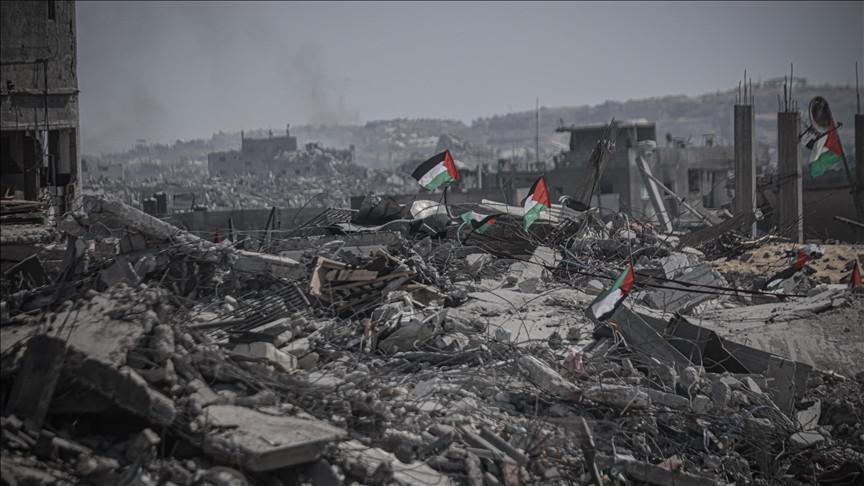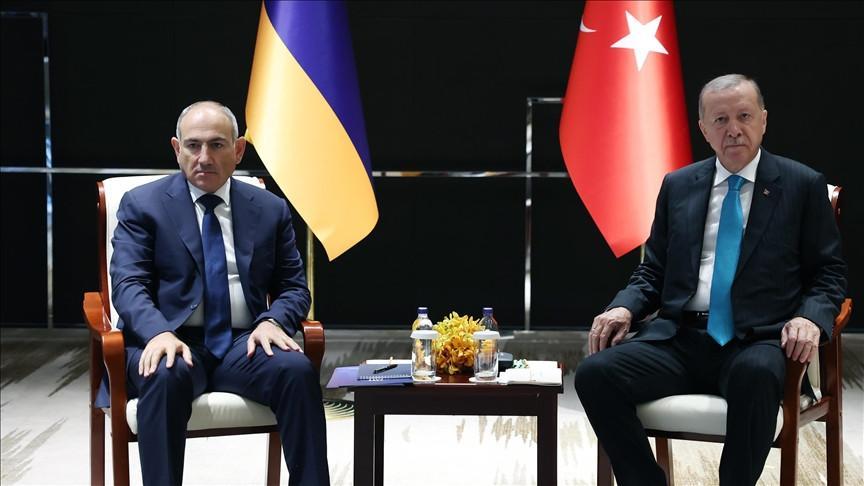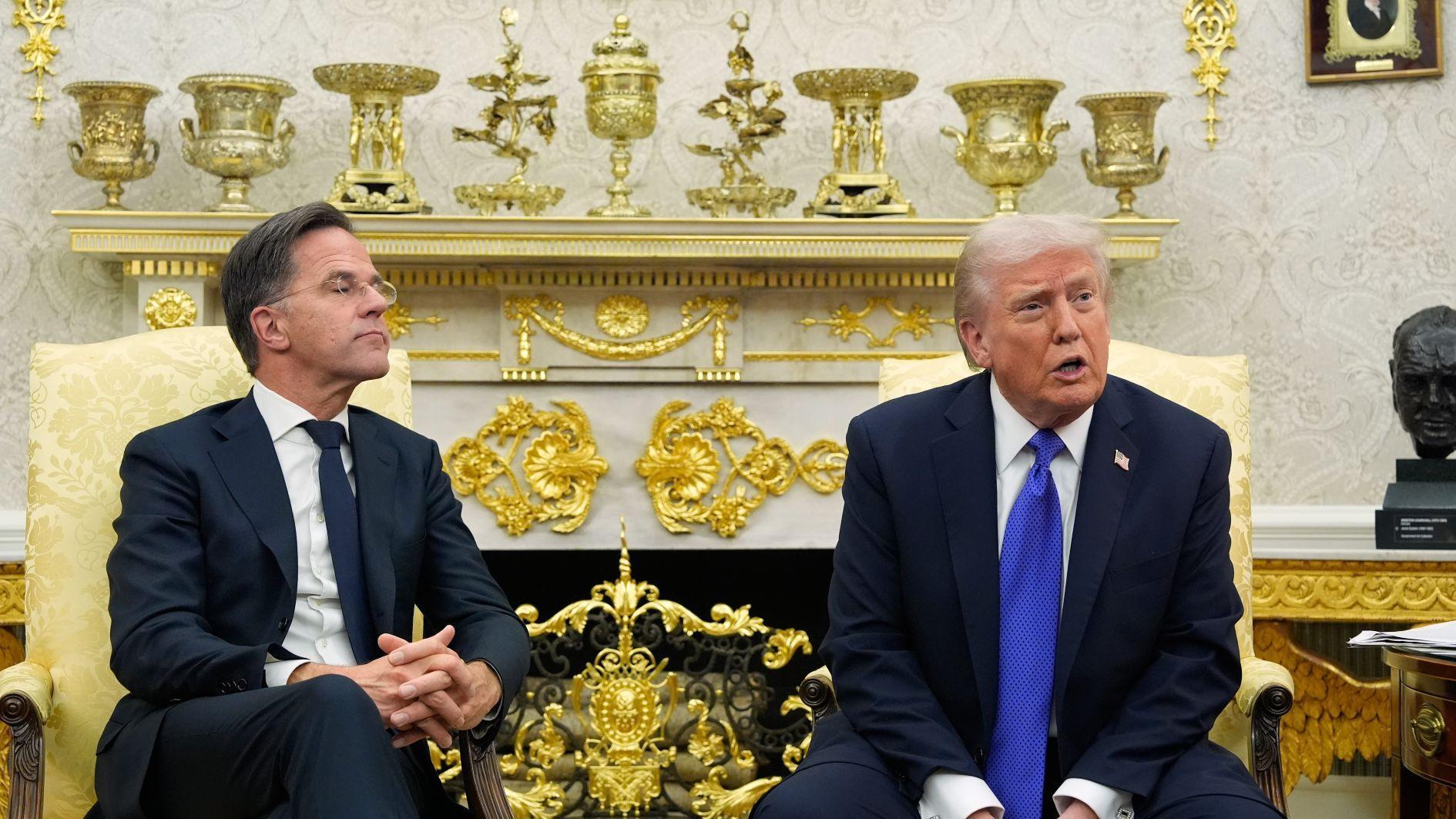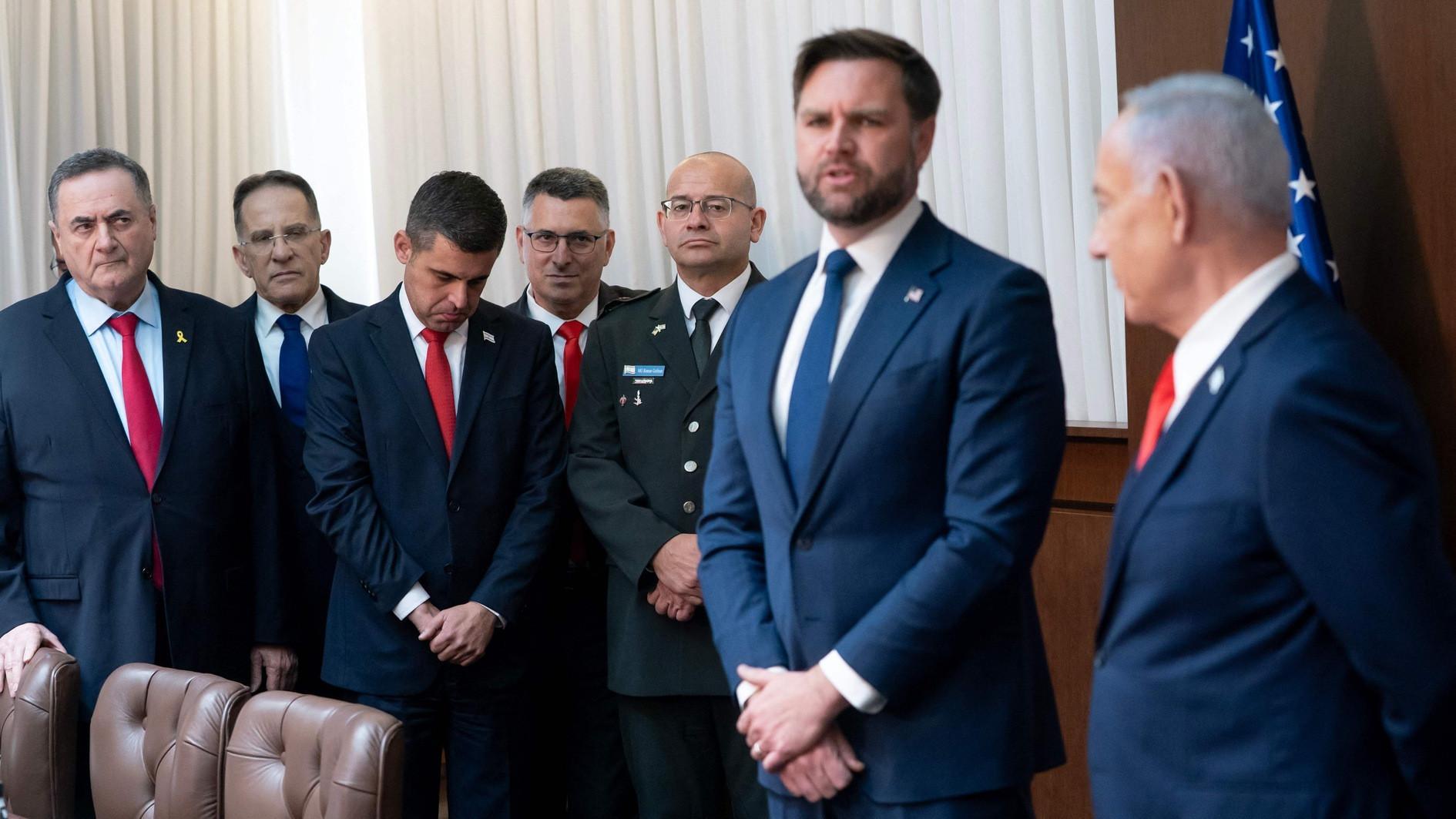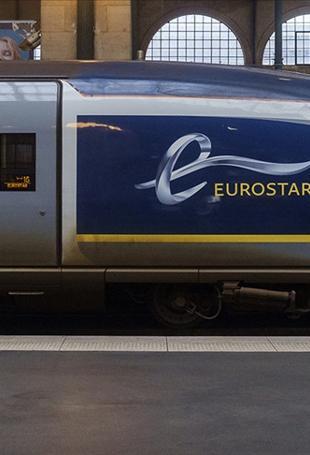Mosaic with Greek inscription unearthed at Urfa Castle
ŞANLIURFA
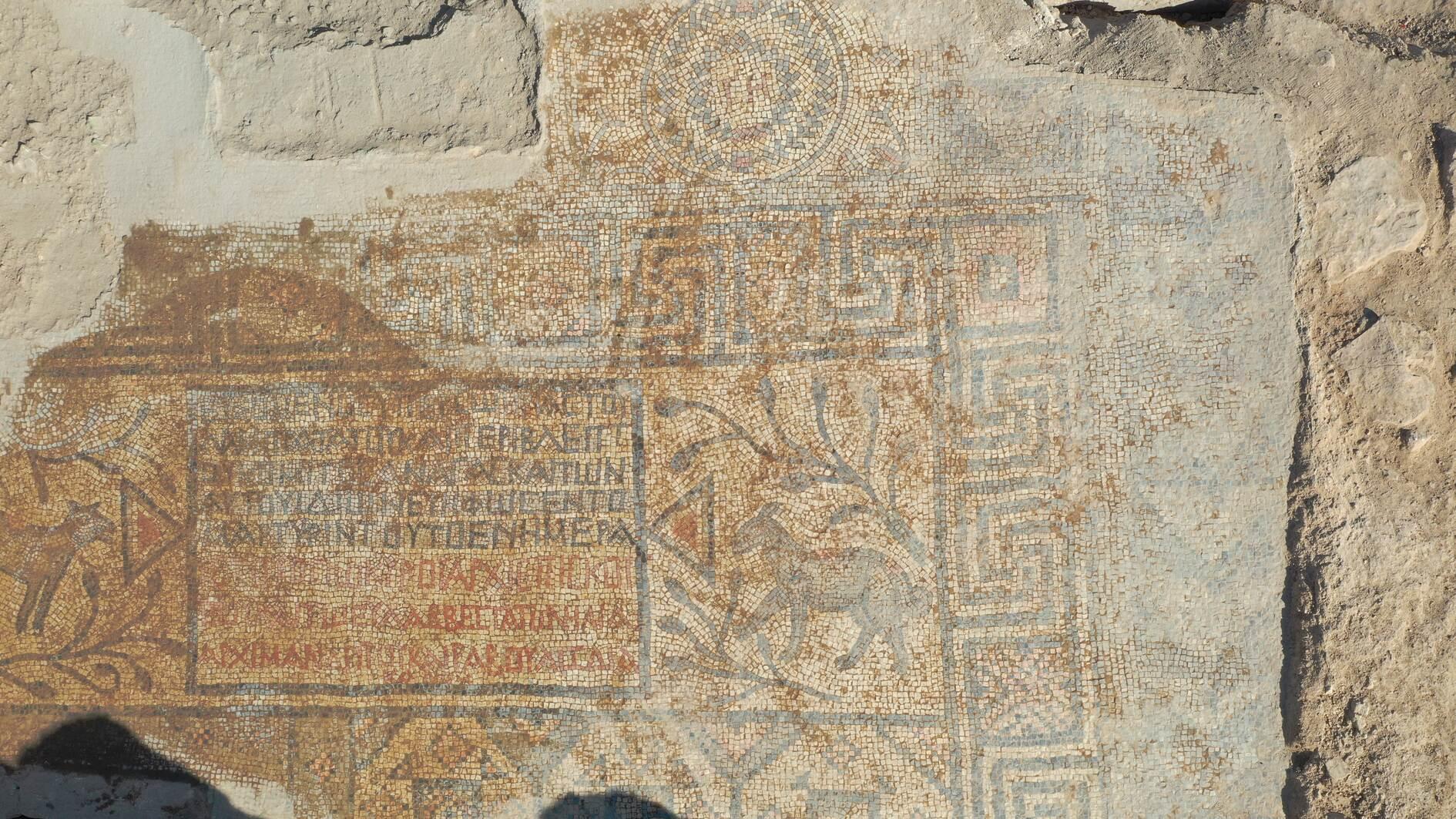
A mosaic floor dating back to the fifth century, featuring Greek inscriptions and decorated with plant, animal and geometric motifs, has been unearthed during excavations at the historic Urfa Castle, located south of the Balıklıgöl complex in the southeastern province of Şanlıurfa.
Professor Gülriz Kozbe, the head of the excavations from Batman University, said that this year’s work at Urfa Castle has been continuing for about six months.
Kozbe said the newly discovered mosaic was revealed in the final stage of this year’s work. The mosaic, made of small black, red and white stones, features plant motifs, animal figures and geometric designs.
“According to our initial examination, it likely formed the floor of a church, a small chapel, or what we call a martyrium, a monument dedicated to martyrs,” Kozbe said.
“The inscription was written in an epigraphic formula typical of the Byzantine period. It mentions a commander named Count Anaskas and his family, asking for divine protection. It was created during the time of Bishop Kyros, Archpriest Elyas — or Ilyas in Turkish — and a cleric named Rabulus, who held the title of Diakos, a deacon assisting the chief reader in churches. Based on these names and titles, we date the mosaic to between A.D. 460 and 495, meaning it is roughly 1,500 years old,” she added.
Kozbe said this season’s excavations were completed and would start again next year.
Noting that several tombs were also found near the site, believed to belong to clergy who served in the area, she said: “Just like the rock tombs seen around the castle and in the Kızılkoyun necropolis, we found at least three here, and we will continue studying them next year.”
“This is an important discovery. Similar mosaic floors have been found in southeastern Türkiye and other parts of Anatolia. Based on the names in the inscription, we can understand who was responsible for the site’s religious functions. The reference to a commander indicates a member of the local elite, which also helps us understand their religious practices and rituals,” she added.
Highlighting that one section of the mosaic includes medallion-shaped depictions symbolizing the four classical elements — air, water, earth and fire — possibly repeated in each corner of the floor, she said, “These motifs likely carry cosmological and ritual significance.”
“We will conduct further research and comparative studies in the literature to better interpret their meaning,” she added.
Urfa Castle to reopen after restoration
Şanlıurfa Governor Hasan Şıldak said they attach great importance to the excavations that reveal traces of the city’s ancient history.
Noting that the castle sustained damage during the February 2023 earthquakes in the region, with parts of the walls and fortifications suffering erosion and wear, Şıldak said, “Since 2024, the restoration work has reached an important stage."
“We plan to complete these efforts by late 2026 and reopen the castle to visitors. With the approval of our Culture and Tourism Ministry, opening this site will be a significant step for tourism, bringing back a vital cultural landmark. The newly discovered mosaic, likely dating to the fifth century, is thought to belong to a church floor, and it includes a Greek inscription. As the excavations progress, its context will become clearer. For now, it is under protection,” he said.
He stressed that the discoveries at the castle are scientifically and culturally valuable, saying, “These findings will make important contributions not only to Şanlıurfa’s tourism but also to our understanding of its history and human civilization in general.”
“Urfa Castle is eagerly waiting to welcome its visitors again soon,” he added.



